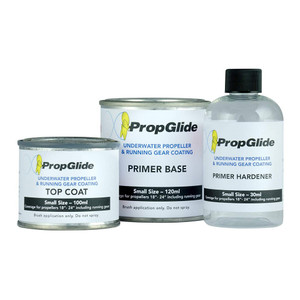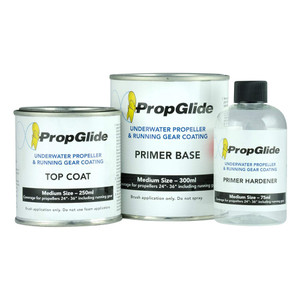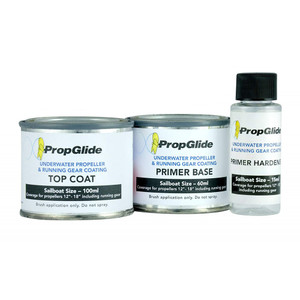
Antifouling Paint Systems for Boat Protection
Our Antifouling Systems are essential for the maintenance and performance of any vessel. These specialized paints deter aquatic organisms from adhering to the hull, which can diminish speed, increase fuel consumption, and cause damage. Choose from a variety of formulas to match your boating needs and local environmental regulations.
Why Antifouling Paint is Crucial
Antifouling paint is a critical component for every boat owner who wants to maintain their vessel’s performance and longevity. Here are some key reasons why:
- Prevents Hull Fouling: It prevents marine organisms like algae, barnacles, and mollusks from attaching to the hull.
- Maintains Speed: A fouled hull increases drag, which can significantly reduce the speed of the boat.
- Reduces Fuel Consumption: Increased drag leads to higher fuel consumption, which can be costly.
- Prevents Damage: Some organisms can bore into the hull material, causing structural damage over time.
Types of Antifouling Paint
There are various antifouling paint options available to cater to different boating needs and environmental conditions:
- Ablative Antifouling Paint: This type gradually wears away, constantly exposing fresh biocide to prevent fouling.
- Hard Antifouling Paint: Designed for fast-moving boats, this paint creates a hard, slick surface that resists fouling and can be polished for a smoother finish.
- Copper-Free Antifouling Paint: Ideal for environmentally sensitive areas, these paints use alternative biocides to copper, providing effective fouling resistance.
- Hybrid Antifouling Paint: Combines properties of both ablative and hard paints, offering a balance of performance and ease of application.
Choosing the Right Formula
Selecting the appropriate antifouling paint depends on several factors:
- Boat Type and Usage: Consider how frequently and where you use your boat. Fast-moving boats might benefit from hard antifouling paint, while slower vessels may find ablative paint more suitable.
- Environmental Regulations: Local regulations may restrict certain types of biocides. Ensure you choose a product that complies with local laws.
- Water Conditions: The type of water your boat operates in (saltwater or freshwater) can influence the effectiveness of certain paints.
Application and Maintenance
Proper application and maintenance are key to maximizing the effectiveness of your antifouling system:
- Surface Preparation: Ensure the hull is clean and properly sanded before applying the paint.
- Application: Follow the manufacturer’s instructions for the number of coats and drying times.
- Regular Inspections: Periodically inspect the hull for signs of fouling and reapply paint as needed.
The Takeaway
Investing in a quality antifouling paint system is essential for protecting your boat from the damaging effects of marine organisms. By choosing the right formula and adhering to proper application and maintenance practices, you can ensure your vessel remains in top condition, performs efficiently, and complies with environmental regulations.



